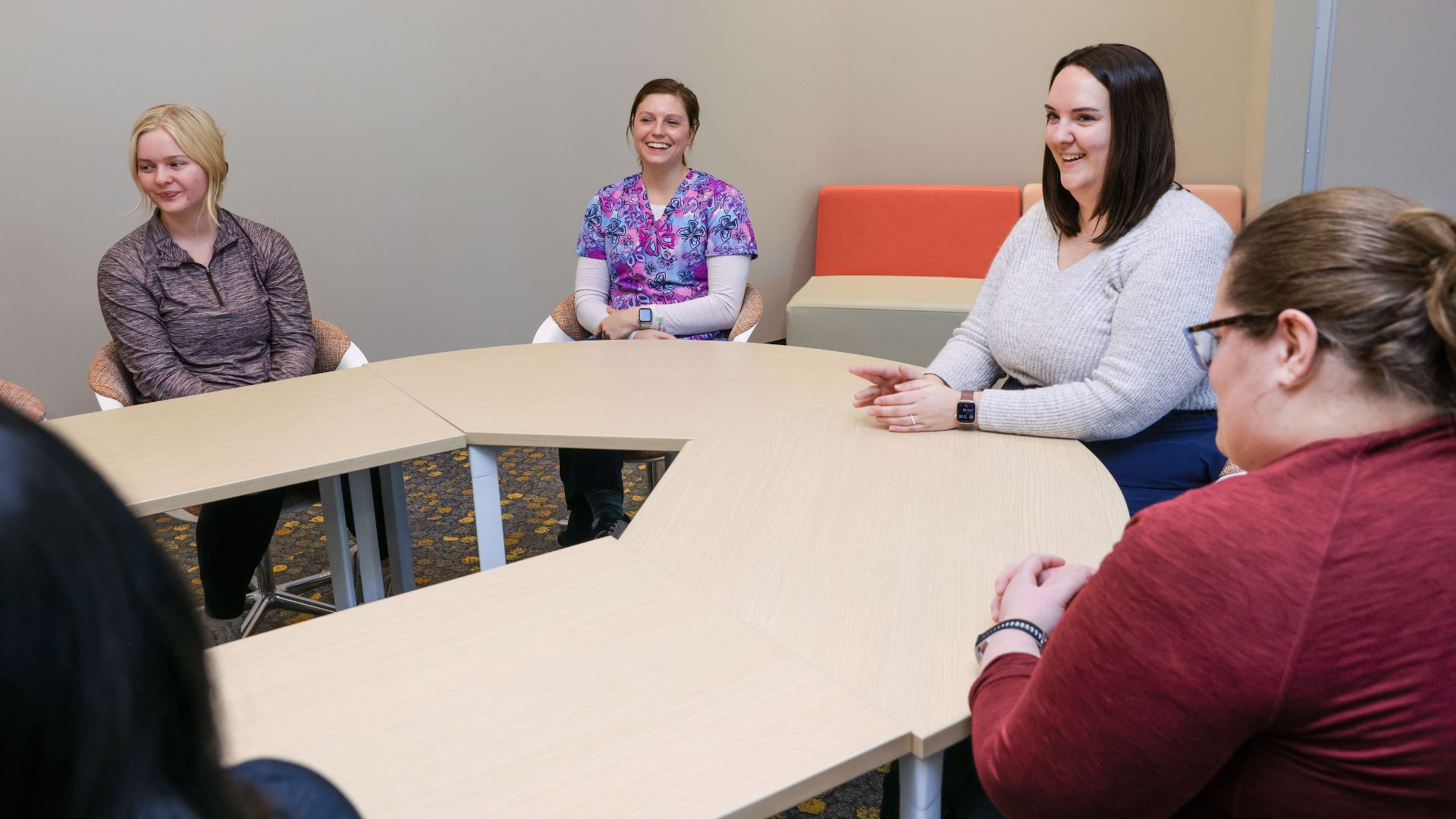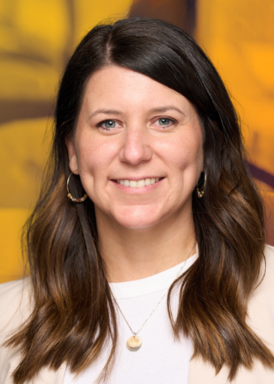Preparing your rural organization to support new graduate nurses
Transitioning from academia to practice can be daunting for new graduate nurses, particularly in rural organizations where autonomy is high and resources are limited. Low turnover rates have historically allowed selective hiring in some rural organizations, especially within specialty units such as First Embrace and the obstetrics department at Buena Vista Regional Medical Center (BVRMC) in Storm Lake, Iowa.
"Health care workforce challenges are more prevalent and pressing now than at any other time during my 45-year tenure in health care. RN vacancies are especially challenging. We simply do not have the number of applicants we have had previously. That makes recruitment efforts all the more important and retention absolutely critical,” says Michele Kelly, chief clinical officer at BVRMC.
This recent decline in applicants has led organizational leaders to reevaluate hiring practices and seek a fresh approach to support the transition to practice experience. Recruiting nurses to rural organizations is challenging, but retaining those nurses poses even greater difficulties.
“Getting staff in the door is just the first step. Effective and efficient onboarding, orientation programs tailored to the individual, and creating a welcoming and supportive culture are all key to assuring success early on," Kelly says.
According to the Nursing Solutions Inc., first-year nursing turnover is 31.7 percent, with the turnover costs ranging from $45,100 to $ 67,500 in 2022. These statistics underscore the importance of preparing the work environment to support the transition to practice for new graduate nurses. Preceptor training, residency programs, staffing models, and work environment characteristics are all essential evidence-based practices to consider (Weathers, 2023).
 |
The Iowa Online Nurse Residency Program (IONRP) has been a reliable provider of nurse residency program solutions for various sizes and types of health care organizations since 2014. It has been instrumental in helping many organizations transition from a minimal orientation process and no additional transition-to-practice support to implementing a robust, evidence-based nurse residency program. The launch of the IONRP Academy further demonstrates its commitment to helping organizations better prepare the environment to support new hires and successfully implement and sustain a nurse residency program.
"Working with Nicole Weathers to complete the IONRP Academy was wonderful. The SOAR [strengths, opportunities, analysis, results] analysis helped us to determine where the gaps were and helped us to prioritize and plan the next steps to move forward and ensure we are prepared to support new graduate nurses we recruit. The process was very straightforward, easy to follow, and prompted self-reflection and great discussion. Assess, analyze, and plan – a simple yet effective methodology," Kelly says.
The spring of 2024 marked the initial pilot of the IONRP Academy at BVRMC, which was a collaborative effort involving department and organizational leaders. They participated in this four-step coaching program led by University of Iowa nurse residency implementation experts. The first step was completing a readiness assessment to learn more about the new hire experience from various perspectives and conducting an environmental scan to explore internal and external factors influencing the success of implementing transition-to-practice support at the organization.
The preceptor experience was selected as a top priority following this assessment. Through completion of the SOAR analysis, organizational leaders and residency program experts worked together to develop an action plan that included vital actions to take, resources needed to meet identified goals, and potential measures the organization can monitor to ensure progress.
Leaders from BVRMC walked away from this pilot project with a list of tangible actions to prepare their environment to better support new graduate nurses. The first step was to align their current orientation checklist with the tiered skills acquisition model (TSAM) for competency development, integrating a scaffolded approach moving new graduates from simple to more complex competencies as they transitioned into practice.
 |
They are also taking steps towards incorporating a nurse residency program to extend support beyond orientation and throughout the first year. This will allow a greater focus on non-clinical skill development, social/emotional support, and organizational leaders who regularly connect with new nurses throughout the first year to assess ongoing development.
The organization also plans to adopt a tool for identifying preceptors and developing preceptor competencies through formal training. In addition, precepting has been built into annual evaluations to reward and recognize the contributions to support new hires.
"BVRMC is in the process of implementing our action plan based on our SOAR analysis. We are focusing on our onboarding and orientation process for new OB nurses and the role of the preceptor in this process. We are excited to see where this journey takes us. Ultimately, we want to position ourselves to participate in Iowa's online nurse residency program and achieve success,” Kelly says.
Supporting new graduate nurses in their transition to practice is not just a matter of professional development but also a crucial factor in maintaining the financial stability of health care organizations. The IONRP Academy offers a cost-effective solution for rural health care organizations to assess their readiness, identify gaps, and create action plans to ensure the support of new graduate nurses.
By prioritizing preceptors, residency programs, mentoring, and a positive work environment, organizations can provide a better transition to practice for new nurses. This strategic approach is beneficial for the well-being of new graduate nurses and has significant financial implications, potentially saving organizations from high turnover costs. To ensure the sustainability of our health care system and nursing profession, nurse leaders must take action to provide comprehensive support for the next generation of nurses.
NRHA adapted the above piece from Iowa Online Nurse Residency Program, a trusted NRHA partner, for publication within the Association’s Rural Health Voices blog.
 | About the author: As director of IONRP, Nicole Weathers, MSN, develops, implements, and manages various initiatives involving strategic planning, education, and evaluation. Representing the college, she ensures endeavors align with organizational goals and engages with committees and professional groups, showcasing their achievements. Additionally, she oversees quality improvement efforts ensuring IONRP programs thrive and contribute significantly to the certificate of need and the profession of nursing. |
References
NSI Nursing Solutions. (2022). NSI National Healthcare Retention & RN Staffing Report. Retrieved https://www.emergingrnleader.com/wp-content/uploads/2021/04/NSI_National_Health_Care_Retention_Report.pdf
Weathers, N. (2023, June 6). 3 considerations when transitioning new graduate nurses to rural practice. Rural Health Voices Blog. https://www.ruralhealth.us/blogs/2023/06/3-considerations-when-transitioning-new-graduate-nurses-to-rural-practice
